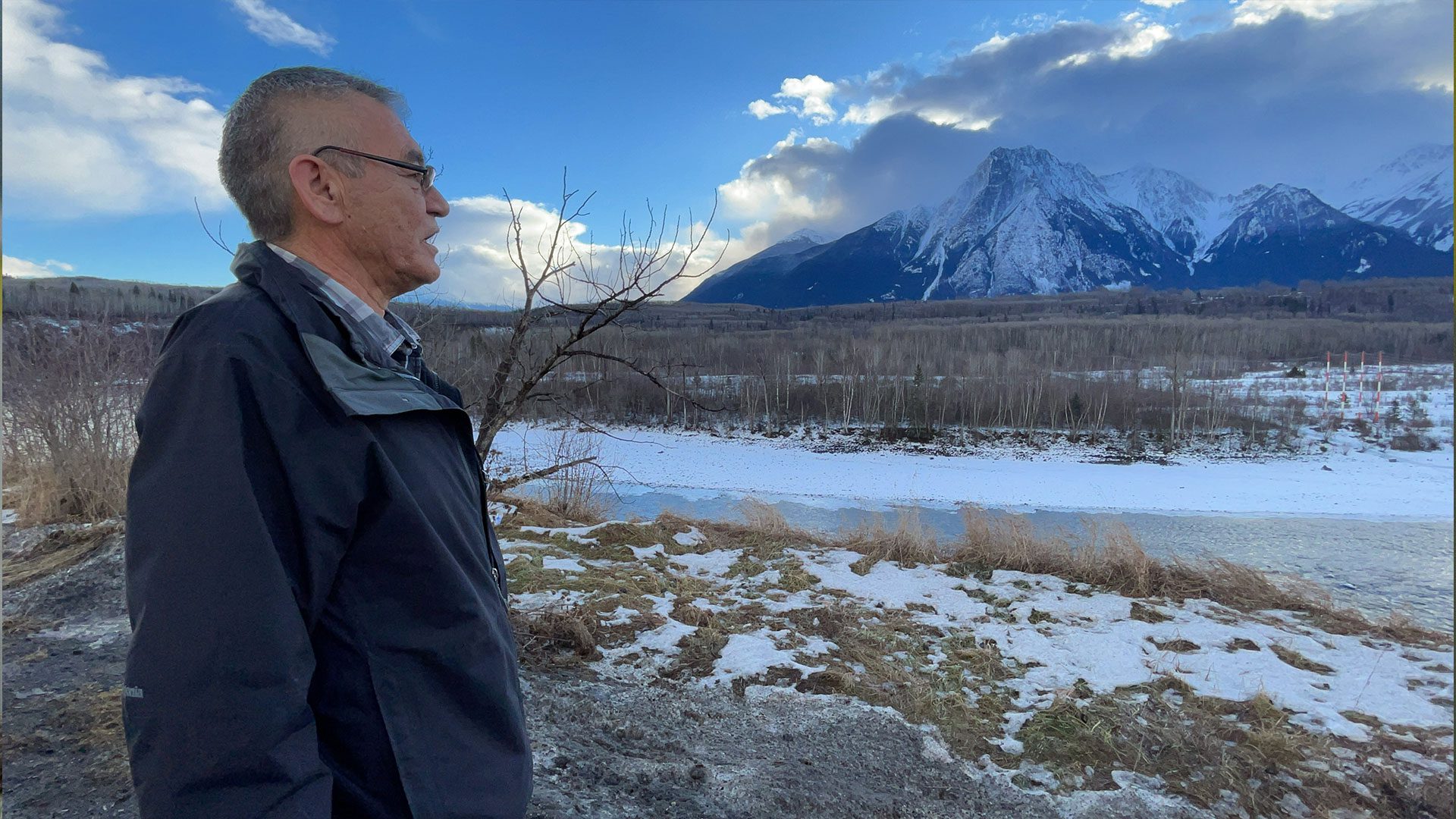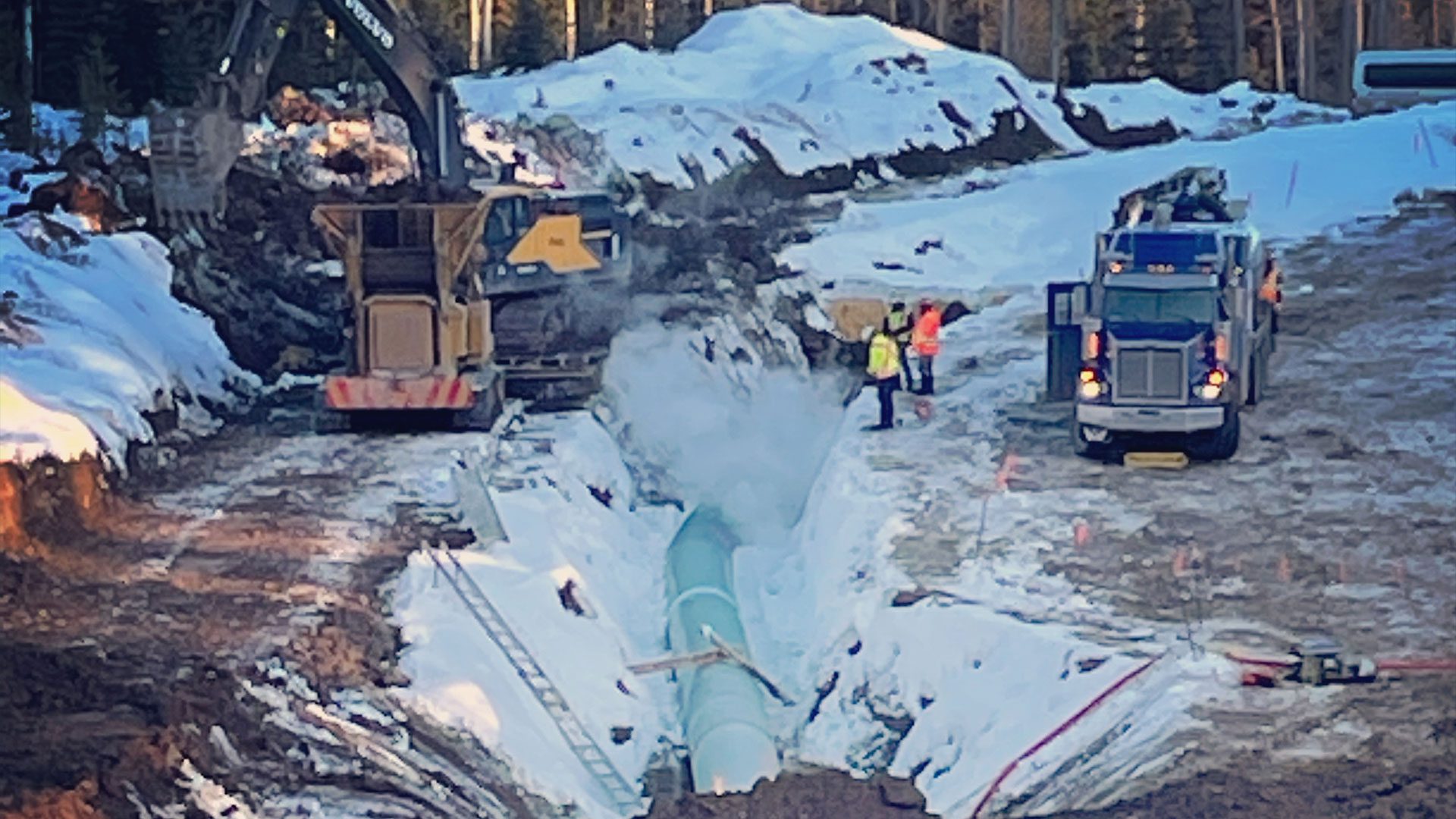APTN Investigates first went deep into Wet’suwet’en country in December 2015.
The Unist’ot’en camp was built years earlier but had just recently become the permanent home for Freda Huson.
Her cabin was placed right on the GPS coordinates of a planned pipeline. At the time the potential of three pipelines cutting through the territory was a real threat. The camp became a symbol of resistance. The RCMP spied on them.
Government officials labelled the Unist’ot’en and their allies eco-terrorists.

Reporter Rob Smith spent the day on Huson’s trapline, which was passed down to her through the generations. She snagged marten. It was skinned later at her kitchen table while she made traditional medicine at the sink.
She had given up on town life, mortgages and all to come live out here. She saw the Unist’ot’en camp’s future; a place to heal addictions, a place for the youth to learn the language, a place to de-colonize.
Read More:
The Delgamuukw decision: Putting the Wet’suwet’en conflict in perspective
The Delgamuukw decision: When the ‘invisible people’ won recognition
Smith returned to the territory in January 2021 and this time his guide was Hereditary Chief Na’moks.
They spent three days traveling on his territory. He knew the name of every river, every mountain top.
Traditional knowledge that is unbroken and not corrupted since before contact. The knowledge includes the Wet’suwet’en’s government structure and the clan system. A system recognized by Canada’s supreme court in the historic Delgamuukw Indigenous rights ruling.

The chiefs have said “no” to pipelines at a feast, what other First Nations sometimes call potlatches. It’s where political and cultural decisions are made in the traditional governance system of the Wet’suwet’en.
That’s why Na’moks has witnessed dozens of people arrested in three successive militarized police actions aimed at removing the Wet’suwet’en from the land in order for the pipeline to be pushed through. It’s also why he says the people will not be deterred. Right now, construction crews are preparing to tunnel underneath an important salmon-bearing river. A threat to a major food supply already in sharp decline.
In 2020 Freda Huson was arrested at the Unist’ot’en Camp. The barricade came down. The road to the backcountry opened up to construction crews.
The camp remains but the trapline Smith visited is gone.











